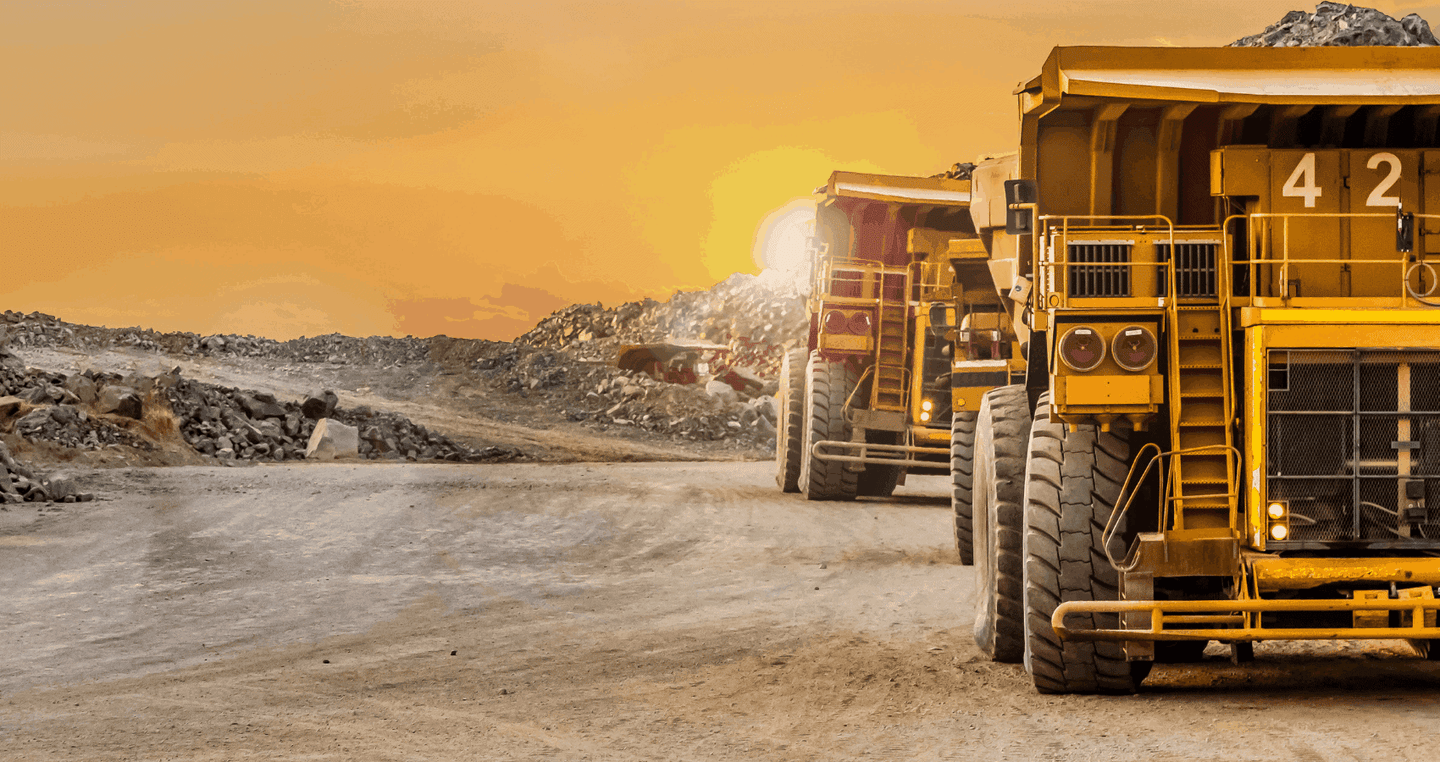The future of sustainable mining: CO2 used to access critical minerals
As the world moves to low-carbon energy technologies, the demand for critical minerals such as lithium, nickel, and cobalt is increasing.

[Mar. 25, 2023: JJ Shavit, The Brighter Side of News]
Finding new and sustainable ways to mine these critical minerals is crucial to meeting the increasing demand while minimizing environmental harm. (CREDIT: Creative Commons)
As the world transitions to low-carbon energy technologies, the demand for critical minerals such as lithium, nickel, and cobalt is increasing rapidly. These minerals are essential components in batteries, electric motors, and other technologies necessary for the global decarbonization effort.
However, mining these minerals is energy-intensive and produces waste that can have significant environmental impacts, including greenhouse gas emissions. Finding new and sustainable ways to mine these critical minerals is crucial to meeting the increasing demand while minimizing environmental harm.
Researchers at the Bureau of Economic Geology at The University of Texas at Austin are pioneering a new mining technology that could significantly reduce the amount of energy needed to mine these critical minerals and capture greenhouse gases along the way.
By using carbon dioxide (CO2) to weaken the rock containing these minerals, the researchers hope to reduce the energy requirements for mining and make mining carbon negative - storing more carbon than is produced - by safely storing CO2 emissions in rocks.
Related Stories
The mining technology involves the use of ultramafic rocks, which typically contain critical minerals, and the chemical reaction between these rocks and carbon dioxide. This reaction weakens the rock structure, making the minerals easier and less energy-intensive to mine while also partially turning the rock into limestone, storing CO2 permanently in the mineral structure.
Objectives
The primary objective of the research team is to reduce the energy requirements for mining critical minerals while also capturing greenhouse gas emissions. Mining these minerals takes a lot of energy, and the process produces waste that can negatively affect the environment and contribute to greenhouse gas emissions. By using CO2 to weaken the rock containing the minerals, the researchers hope to reduce the energy requirements for mining while also capturing CO2 emissions.
The ultimate goal is to make mining operations carbon negative by capturing and storing more CO2 emissions than is produced during the mining process. This would help to reduce greenhouse gas emissions while also making mining operations more sustainable and environmentally friendly.
Critical minerals like lithium, nickel, cobalt are key to the energy transition. (CREDIT: Creative Commons)
The research team is also working to make low-grade deposits more economically viable. This is an important step in increasing the available supply of domestically produced critical minerals, which is essential to meet the increasing demand for these minerals as the world transitions to low-carbon energy technologies.
Science behind the new mining technology
The new mining technology involves the use of ultramafic rocks, which typically contain critical minerals such as lithium, nickel, and cobalt. These rocks react with carbon dioxide in a way that weakens the rock structure, making the minerals easier and less energy-intensive to mine.
Ultramafic rocks are rich in magnesium and iron and have a high concentration of olivine, a mineral that reacts with CO2 to form magnesium carbonate and silica. This reaction weakens the rock structure, making the minerals easier to access, while also incorporating CO2 into the mineral structure.
The reaction between ultramafic rocks and CO2 is exothermic, meaning it releases heat. This heat can be used to power the mining operation, further reducing energy requirements and making the mining operation more sustainable.
Benefits of this new technology:
Reduced energy requirements for accessing critical minerals: The mining technology pioneered by researchers at the Bureau of Economic Geology at The University of Texas at Austin could reduce the amount of energy needed to access critical minerals vital for modern energy technologies.
Lower greenhouse gas emissions: The technology has the potential to capture greenhouse gases, like carbon dioxide (CO2), and store them safely in the rocks. By doing so, mining operations could potentially become carbon negative, storing more carbon than they produce.
Increased supply of domestically produced critical minerals: The research project aims to make low-grade deposits more economically viable, which is an important step in increasing the available supply of domestically produced critical minerals.
Cost reduction: By making low-grade deposits more economically viable, the technology could reduce the cost of accessing critical minerals.
Collaboration between academic and industrial partners: The project involves a collaboration between academic researchers and an industry partner, which could lead to the development of market-ready technologies.
Challenges related to the technology:
Technical challenges: The mining technology is still in the early stages of development and needs to be refined and tested before it can be used at scale. The project will need to overcome technical challenges related to capturing and storing greenhouse gases safely and effectively.
Environmental concerns: Mining can negatively affect the environment and create significant amounts of greenhouse gas emissions such as CO2. It is important to ensure that the mining technology does not cause additional harm to the environment.
Cost: Developing and implementing the mining technology may require significant investment, and it is unclear how quickly the technology can be scaled up to meet the demand for critical minerals.
Social challenges: There may be resistance to mining activities in some communities due to concerns about the environmental impact and disruption to local economies and communities. The project will need to engage with these communities to ensure that their concerns are addressed.
The researchers plan to refine the mining method in the lab for two years before trying a full-scale field test in partnership with Canada Nickel Company. The field test is planned to take place in one of 20 newly discovered ore bodies near the U.S.-Canada border that are forecast to be an important new source of critical minerals in North America.
For more green news stories check out our Green Impact section at The Brighter Side of News.
Note: Materials provided above by The Brighter Side of News. Content may be edited for style and length.
Like these kind of feel good stories? Get the Brighter Side of News' newsletter.



